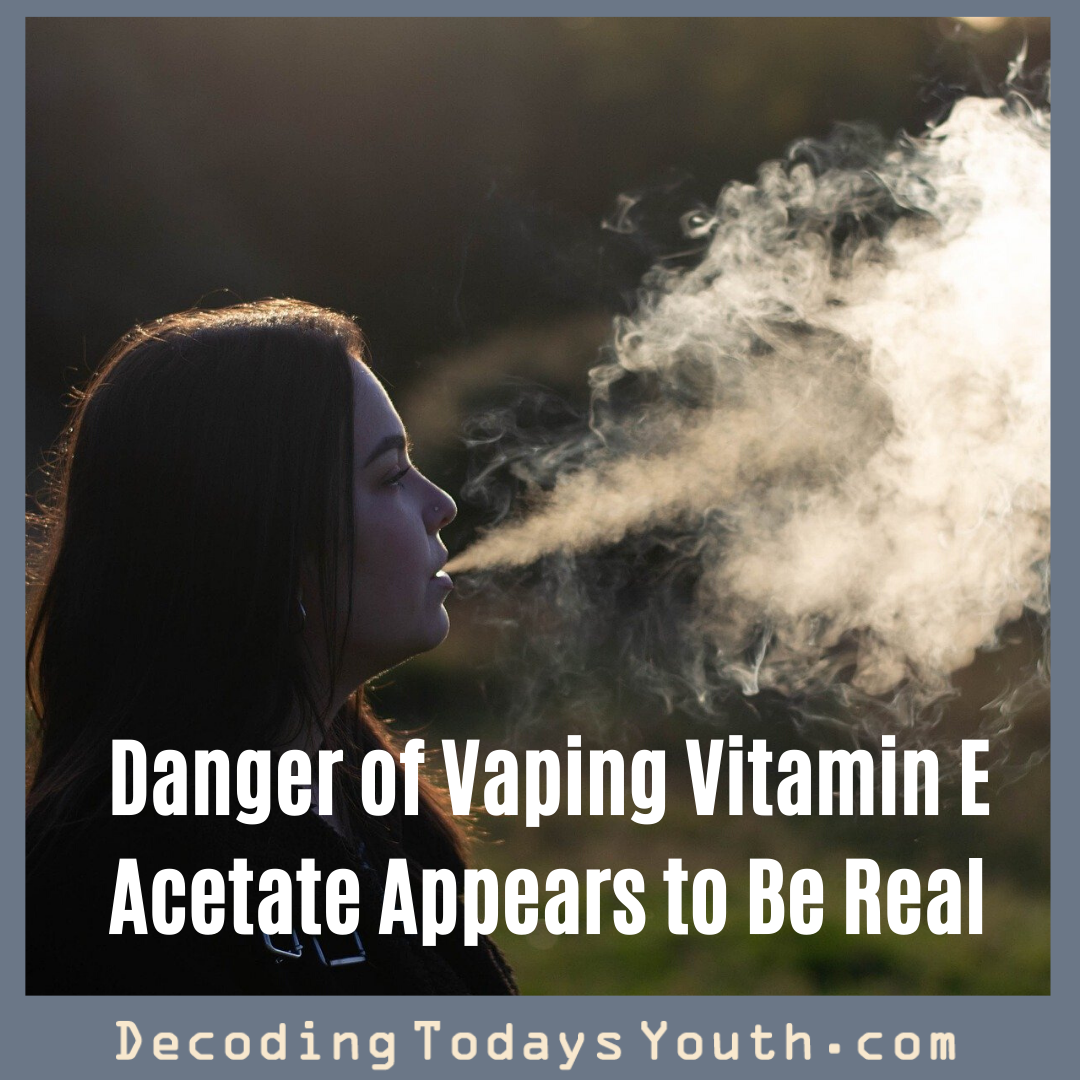
Chances are you’ve already seen your local news outlets covering a large number of people ending up in the hospital because of vaping.
Vaping consists of the user inhaling and exhaling “vapor,” which is actually aerosol, as well as substances like nicotine, according to the Center on Addiction. Vaping is your kid’s generation’s version of experimenting with cigarettes. It seems to them like a lot of people are doing it, but like smoking cigarettes, it can be harmful to their well-being.
How would you know if your kid is vaping? The American Lung Association says nosebleeds and increased thirst are two signs your child might be vaping.
Some other symptoms you should look for in your child if you suspect they are vaping: (from USA Today and the CDC)
- Frequently leaving groups to go to a certain place (outside or the bathroom) to vape
- Irritability
- Coughing
- Shortness of breath
- Increasing intolerance to exercise
If you want to learn more about vaping, the American Lung Association website has guides for learning about and talking to your kid about vaping.
What else is in your child’s vape?
In addition to nicotine, kids might also be vaping THC (tetrahydrocannabinol), the chemical in marijuana that causes you to get high. Kids can just as easily put a THC cartridge in the same vape they would use for nicotine. (You can read more about THC here.)
Marijuana is recreationally legal in only a few states, but that doesn’t mean these cartridges are difficult to get in a state where it’s illegal. Odds are your kid knows someone who knows someone who has access to marijuana or THC cartridges.
Whether you’re for or against vaping, the most pressing issue is: some people are ending up in the hospital after using these products.
The CDC has named Vitamin E acetate as a “chemical of concern” in vaping products related to the recent string of deaths. It is used as an additive and a thickening agent in some black market THC products. Vitamin E acetate is usually harmless in the form of a supplement or when it is applied to the skin, according to the CDC, but when it is inhaled, it can disrupt lung function.
As of Nov. 13, about 2,200 cases of e-cigarette or vaping product use associated lung injuries (EVALI) have been reported, including all states besides Alaska and including Puerto Rico and the U.S. Virgin Islands (source: CDC). The ages of the patients ranged from 17 to 79 with a median age of 52, so young smokers are not the only ones being affected.
The CDC documented symptoms that these EVALI patients came in with, many of which are similar to flu symptoms.
Here are symptoms you should be aware of, so you know when to ask for help (pulled from the charts of 339 EVALI patients):
- Respiratory: cough, chest pain, shortness of breath
- Gastrointestinal: abdominal pain, nausea and/or vomiting, diarrhea
- Fever, chills, weight loss
If you find a vape, how do you know if it’s nicotine or THC?
The look of vapes can vary, so it can be difficult to tell if your teen is vaping nicotine or THC. A USA Today article said narrower cylinder vials are more likely to contain THC, while wider and larger ones generally have nicotine. THC oil is thick and wouldn’t seem to move in the cartridge if turned upside down. Nicotine would move more easily. You can purchase home drug tests for the vials, but they will tell you only the contents, not the percentage of substance. Some THC cartridges have been found to have as much as 80% pure THC. For reference, the joints from the 1960’s had about 1-2% THC.
How will you know if the cartridge your kid has is one of the bad ones?
The CDC is working on that. A cartridge with Vitamin E acetate is a cartridge that has been tainted.
When people buy cartridges from someone other than a dispensary, they don’t know what they’re getting. They won’t know what’s been added. Keep in mind, a few states have allowed full legalization of marijuana, so the market for cheap goods is in high demand. And that’s where problems come in.
Dealers on the street aren’t reliable. They can’t always get users exactly what they asked for. Also, some cartridges will have additives to make them last longer – like the Vitamin E acetate – and some might even have other unknown substances. They might seem cheap, especially to young people, especially in comparison to legal products that can only be used in certain states by those age 21 and up, but at what cost?
Numerous newspapers have reported that health officials have found Vitamin E acetate in some products by Dank Vapes, TKO, Off White, Moon Rocks, Chronic Carts and West Coast Carts. This doesn’t mean every cartridge by these brands will have the chemical, but of those cartridges associated with EVALI patients, these brands came up.
Here’s how you can spot a fake vape cartridge.
If your child starts to experience any symptoms related to EVALI, bring them to the doctor, along with the vape.
The CDC warned that other chemicals could be contributing to this outbreak, but for right now, Vitamin E acetate is the only known culprit.
Want to learn more?
https://www.cdc.gov/tobacco/basic_information/e-cigarettes/severe-lung-disease.html
https://www.leafly.com/news/health/vape-pen-lung-disease-advice-consumers

